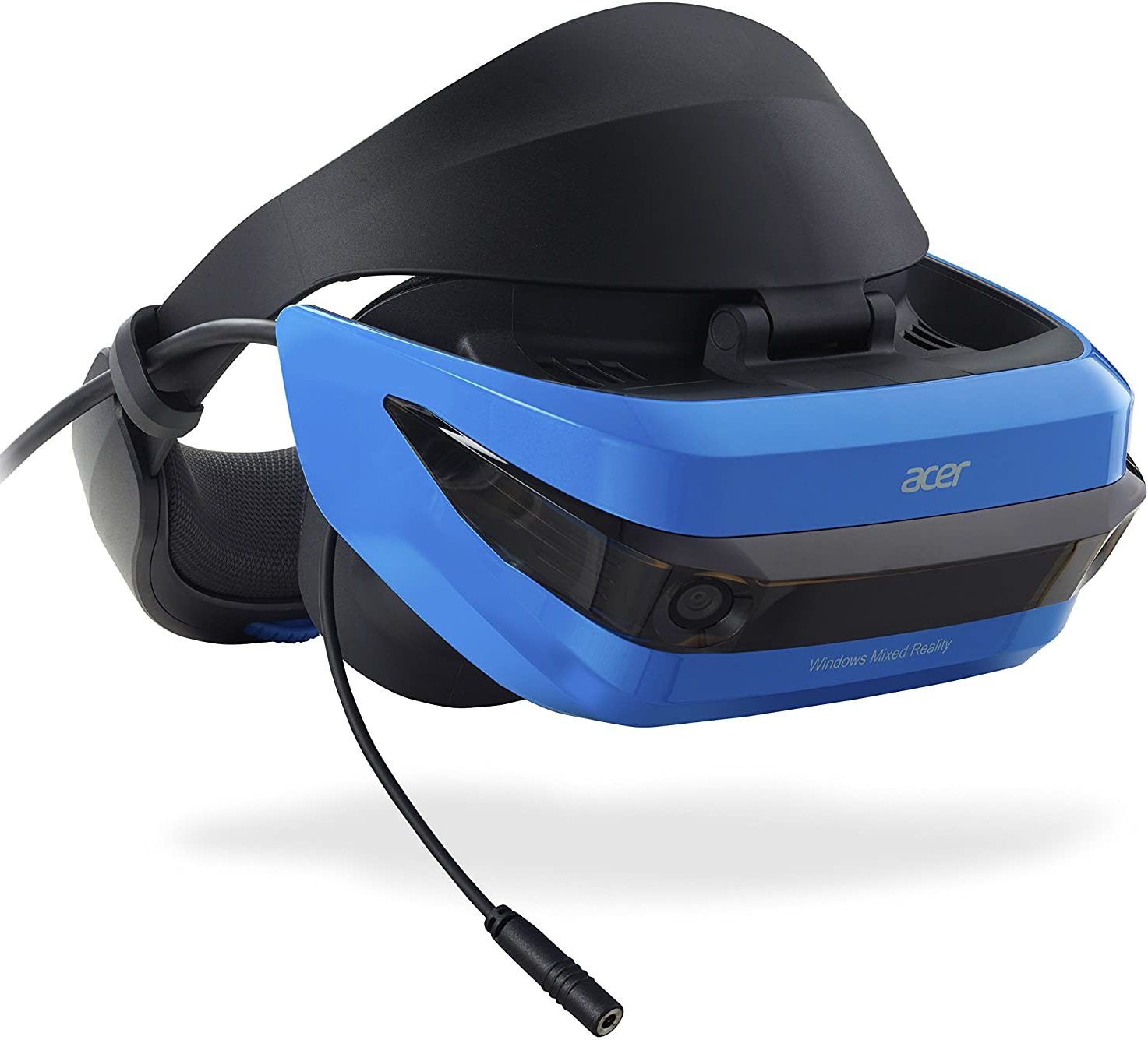

Or for navigating on-screen menus, its built-in touchpad is there to help. The lightweight accessory offers multiple avenues of control: you can use its position-sensing capabilities to employ it as a pointer, or twist and turn it for motion control.

Unlike other VR platforms where look-to-point is the dominant means of navigating their menus, Daydream has the distinct advantage of its wireless controller. While Google generally succeeds with that comfort goal (at least for able-seeing users), the headset can be uncomfortable with glasses, lacks adjustable optics, lets in quite a bit of light, the field of view is too narrow, and its rubber-band-based phone-mounting system is far from elegant.Īll this interaction is performed through Daydream's versatile controller. Google's aimed for simplicity and comfort at the expense of features and a more immersive virtual experience with Daydream View, and that can be a little disappointing.
BEST VR HEADSET FOR PIXEL 2 SERIES
Right now the official list of Daydream-enabled phones includes just Google's own Pixel phones, as well as the Moto Z series of handsets – though we've already heard other manufacturers promise Daydream compatibility, and Google confirms that more are on the way. Of course, to use Daydream View you'll also need a compatible phone – and this isn't like Cardboard where you can just pop any old smartphone in. Lest you run the risk of misplacing the controller, Google's provided an elastic strap within the Daydream View headset that can be used to store the unit when a phone isn't inserted in the viewer. The almost capsule-shaped controller charges over USB Type-C, tracks motion, and has two physical control buttons, as well as a capacitive touch surface that can be clicked as a button itself, and a volume rocker.
BEST VR HEADSET FOR PIXEL 2 BLUETOOTH
Along with the viewer itself, Google includes a wireless Bluetooth controller for interacting with Daydream software. Really, though, Daydream View isn't ultimately about the headset: it's about the controller.

That may be a concession to broader phone compatibility, but it's also one of the more disappointing decisions that went into the headset's design, negatively impacting the immersive quality of the experience it offers – when you've got this on, you're very much aware you're looking through restrictive goggles. While Google doesn't provide a measurement for the field of view as seen through the Daydream View headset, it's noticeably narrower than the Gear VR, suggesting we're looking at a figure in the 90-degree range. And though there is space within the headset to accommodate for glasses, if you've got a pair that's on the larger side, you could be looking at a tight fit. Neither of those are great decisions the former means that the headset sometimes feels a little less secure than we're comfortable with, and the latter demands that anyone who needs glasses keep them on while using Daydream View. And also unlike Samsung's more elaborate viewer, there's no optical adjustment to be found with Daydream View. Unlike the Gear VR, there's no overhead strap, with a single behind-the-head elastic band, adjusted with the help of two sliders, to secure Daydream View to your head.


 0 kommentar(er)
0 kommentar(er)
